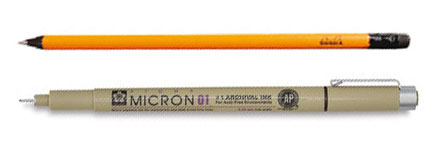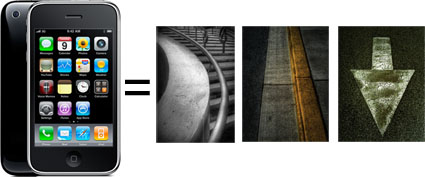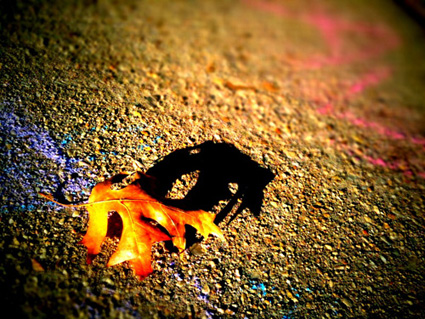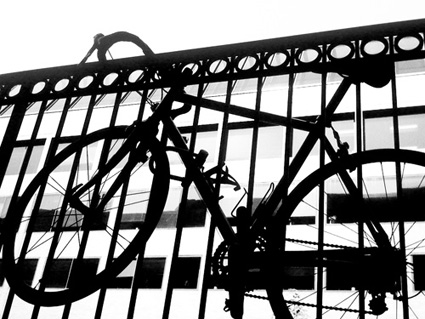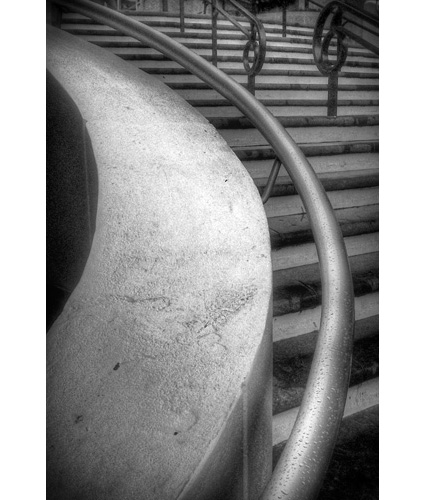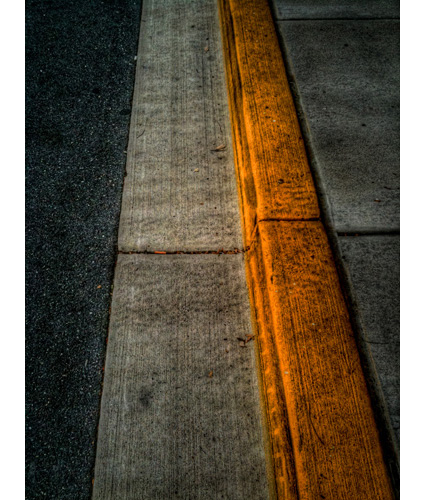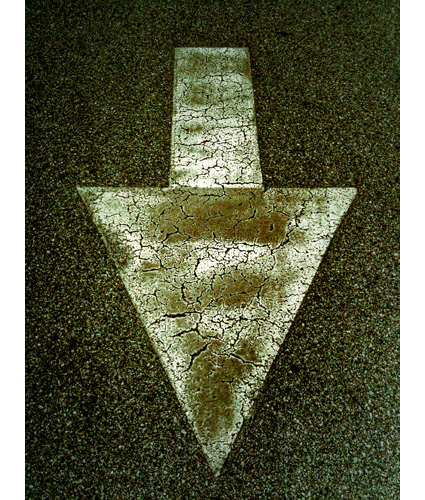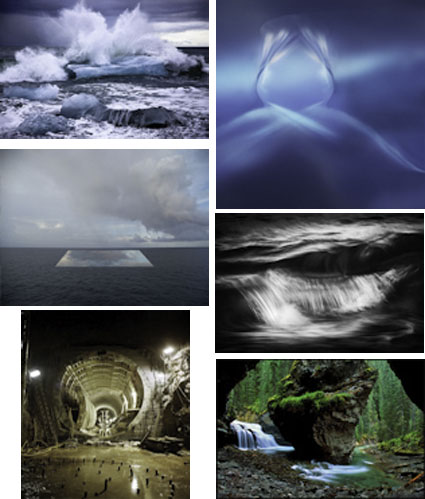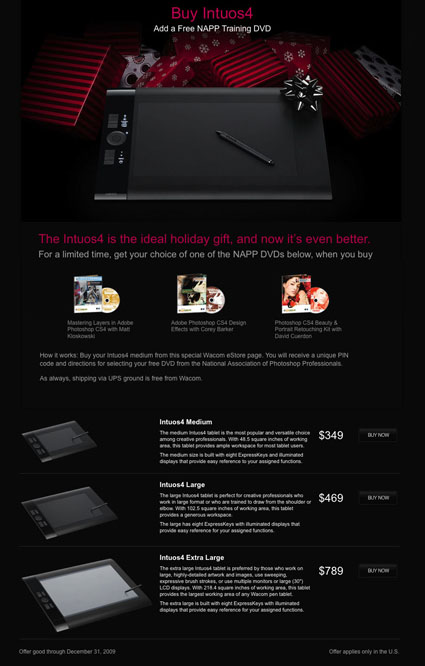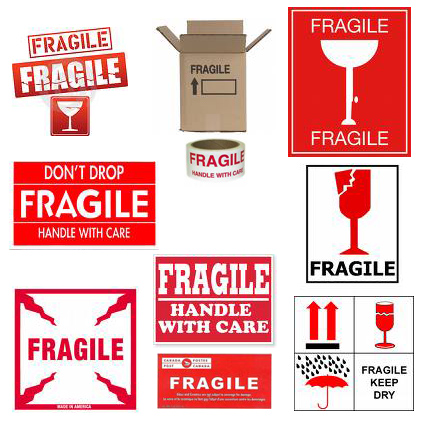Adobe Shortcut App for Creative Suite
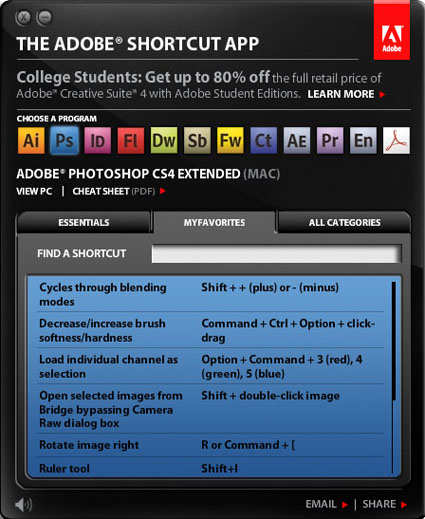
“Can’t remember your shortcuts? No worries. Introducing the Adobe Shortcut App, an amazing new tool from Adobe that lets you find and gather the shortcuts you need on your desktop. So they’re right where you need them, when you need them, allowing you to create your masterpieces with ease.”
You get a full list. You can make your own lists. I don’t find a list of shortcuts I already know useful. But I do find a list of shortcuts I’m currently trying to commit to memory very useful.
Get this application here. It’s free!
Learn more with my Lessons, DVDs, and Workshops.


